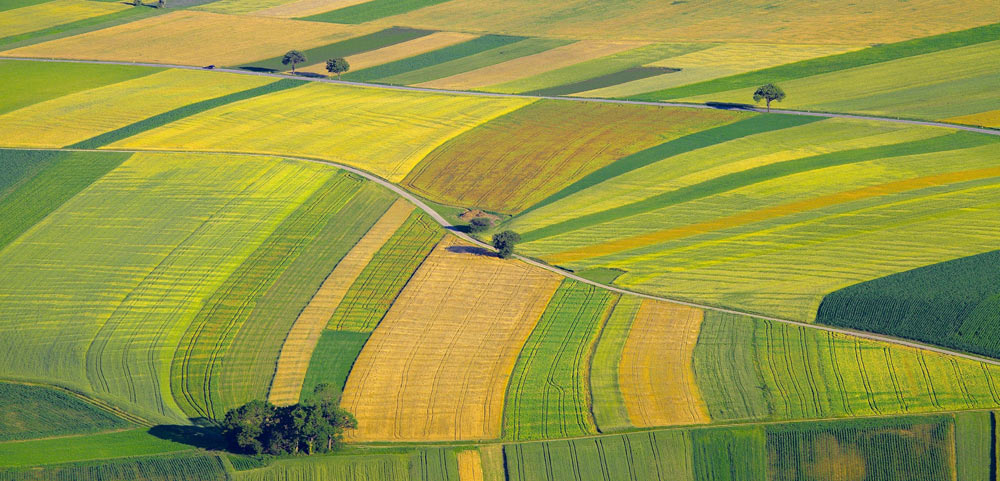Becoming a sustainable farming operation is a key business goal for growers and businesses of every size. However, sustainability efforts that aren’t profitable long-term mean farmers cannot maintain their businesses. CIBO believes that investments in regenerative agriculture should be both environmentally and economically aligned. That’s why CIBO focuses on supporting farmers’ profitability and sustainable practices while protecting precious natural resources.
Farming is a complex operation, often requiring years and significant investments to reflect the benefits of regenerative agriculture practice changes fully. CIBO works with businesses and their growers to identify and access appropriate resources to help further their sustainability journeys.
CIBO can play the role of a trusted advisor – helping customers identify how to be more sustainable amid continual regulatory and technology changes. With CIBO, businesses and grower organizations can transform pledges in the boardroom into actionable commitments at the farm gate.
To learn more about how businesses can support their growers to become more sustainable in the future, read our resources guide on how to choose a regenerative practice and measure the impact on the sustainability of your business.


